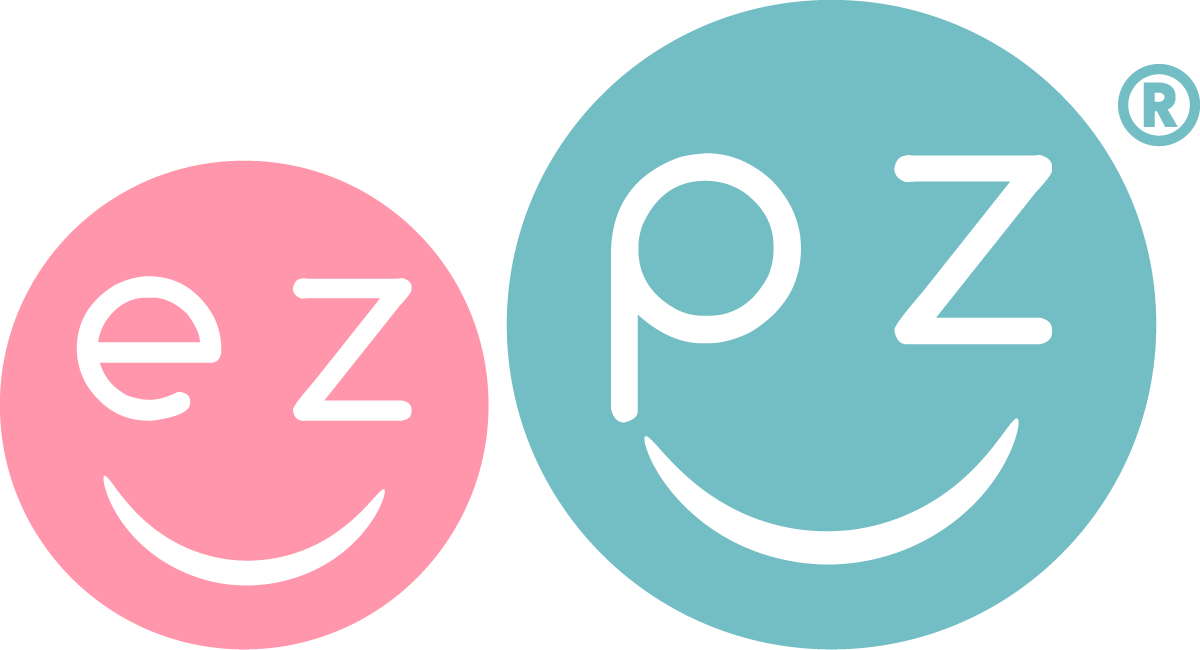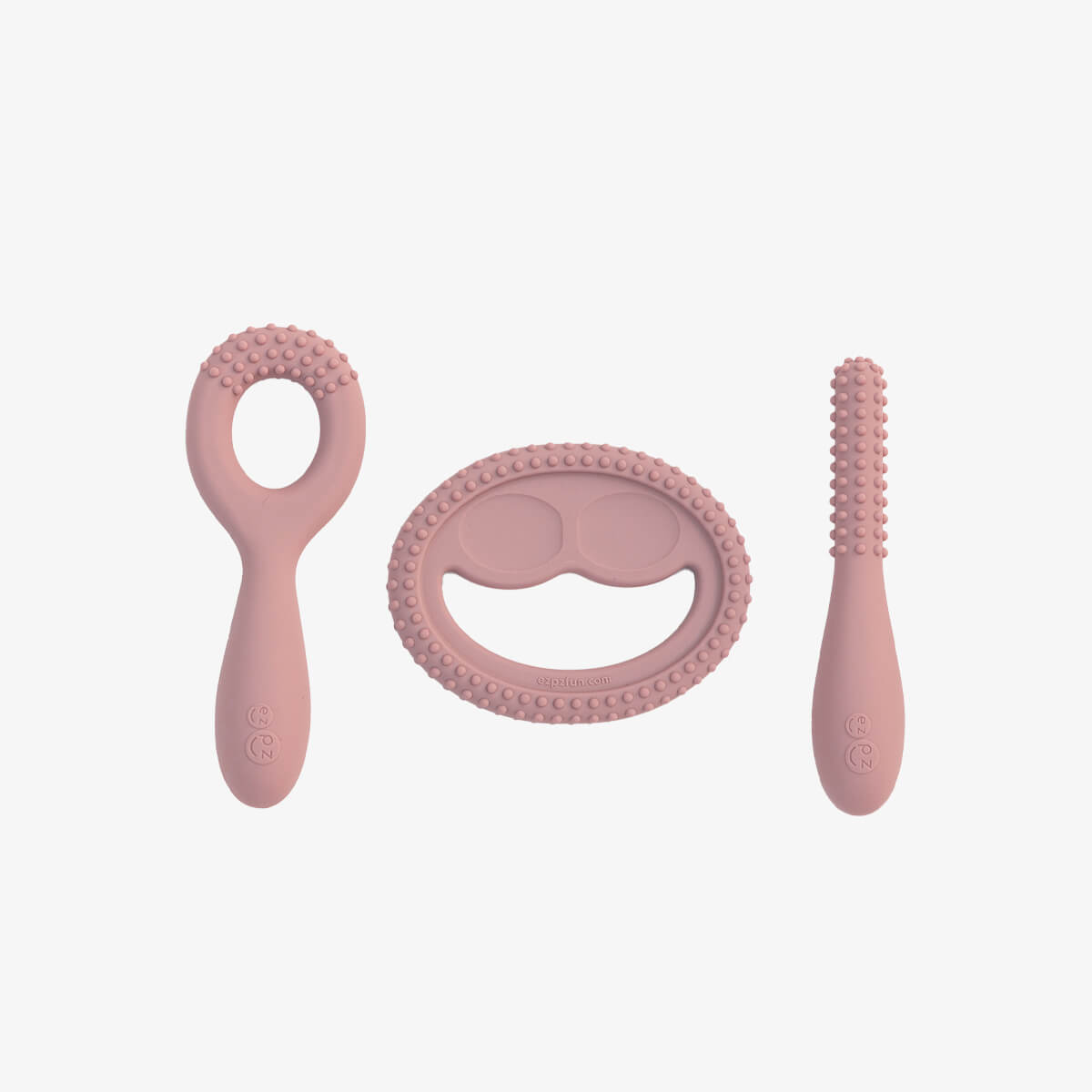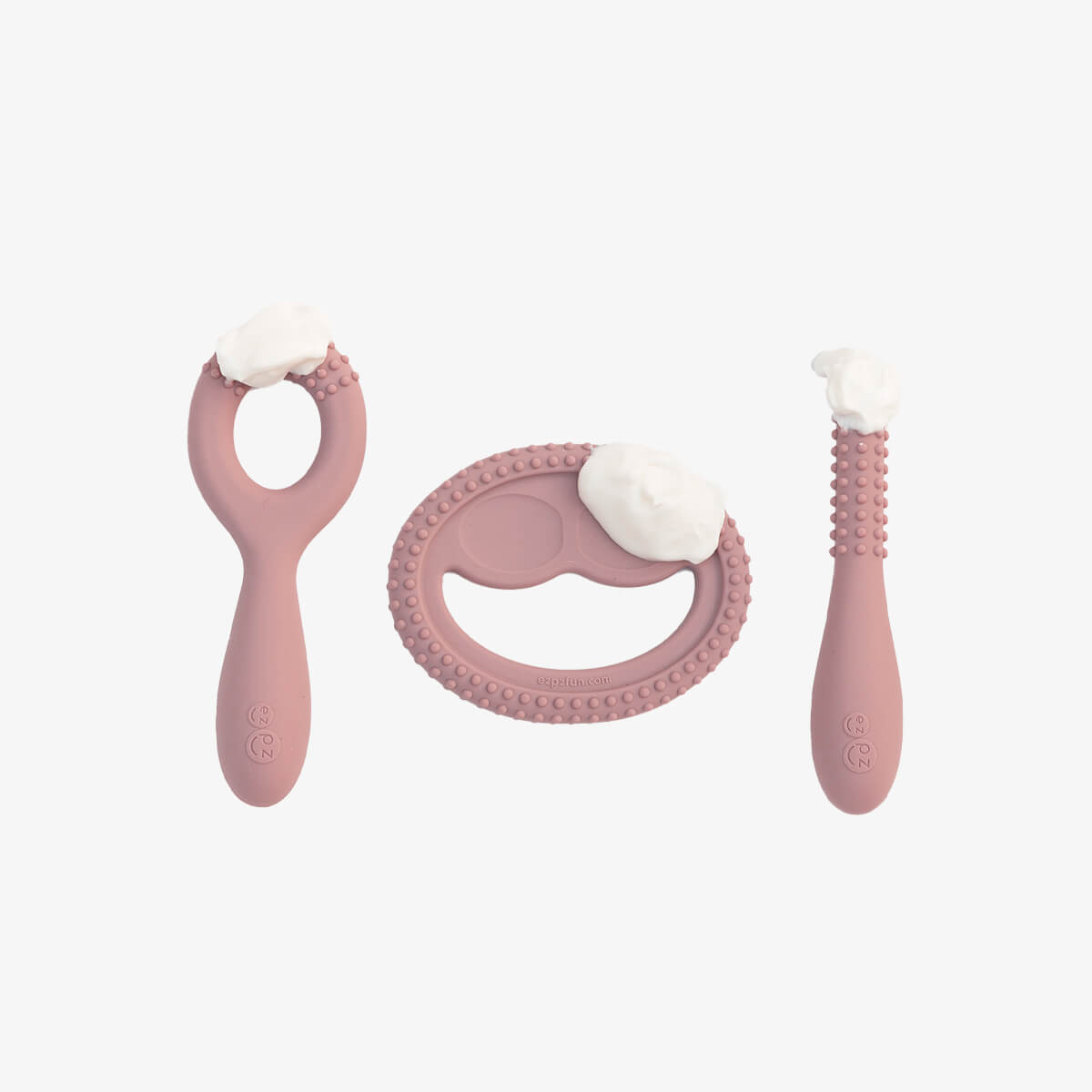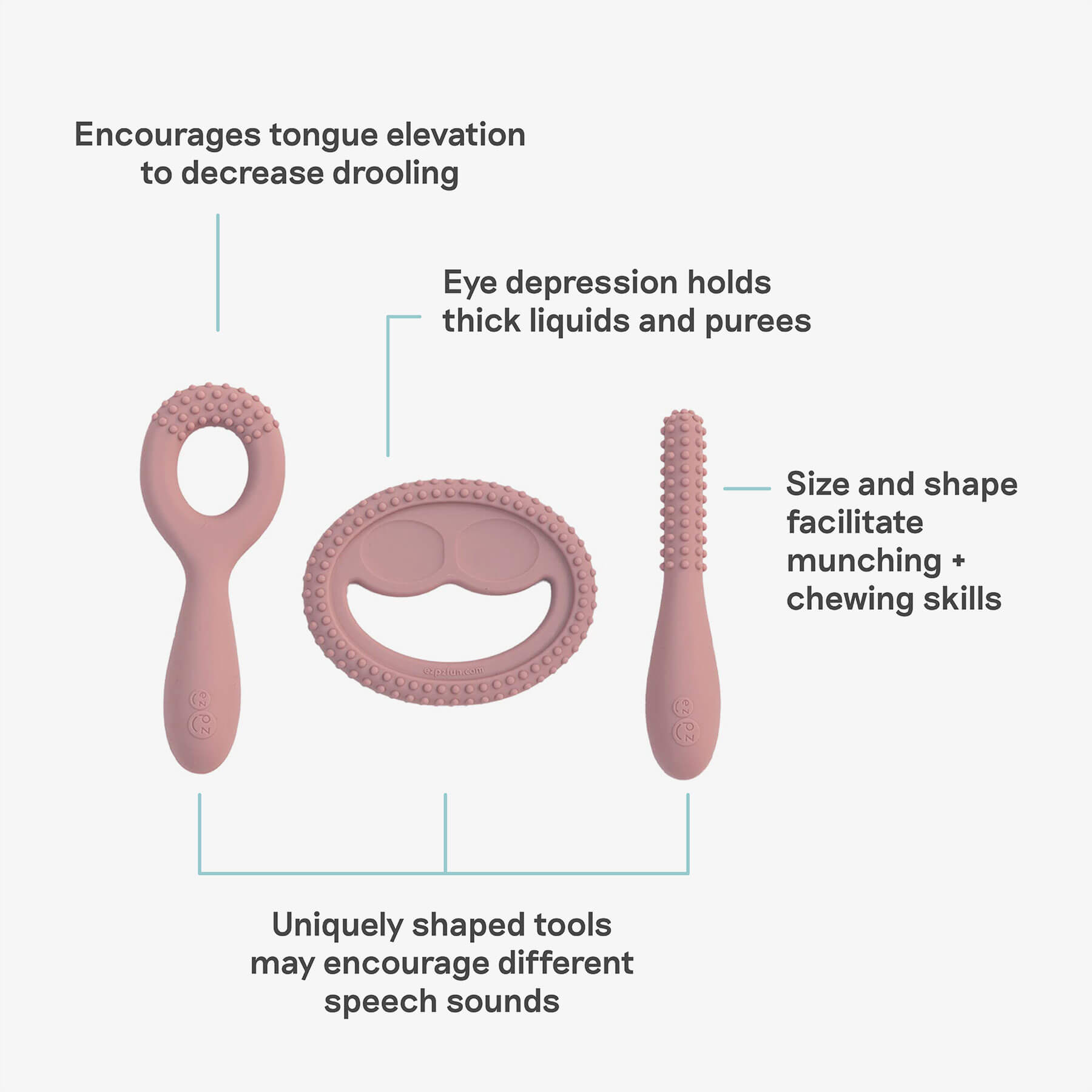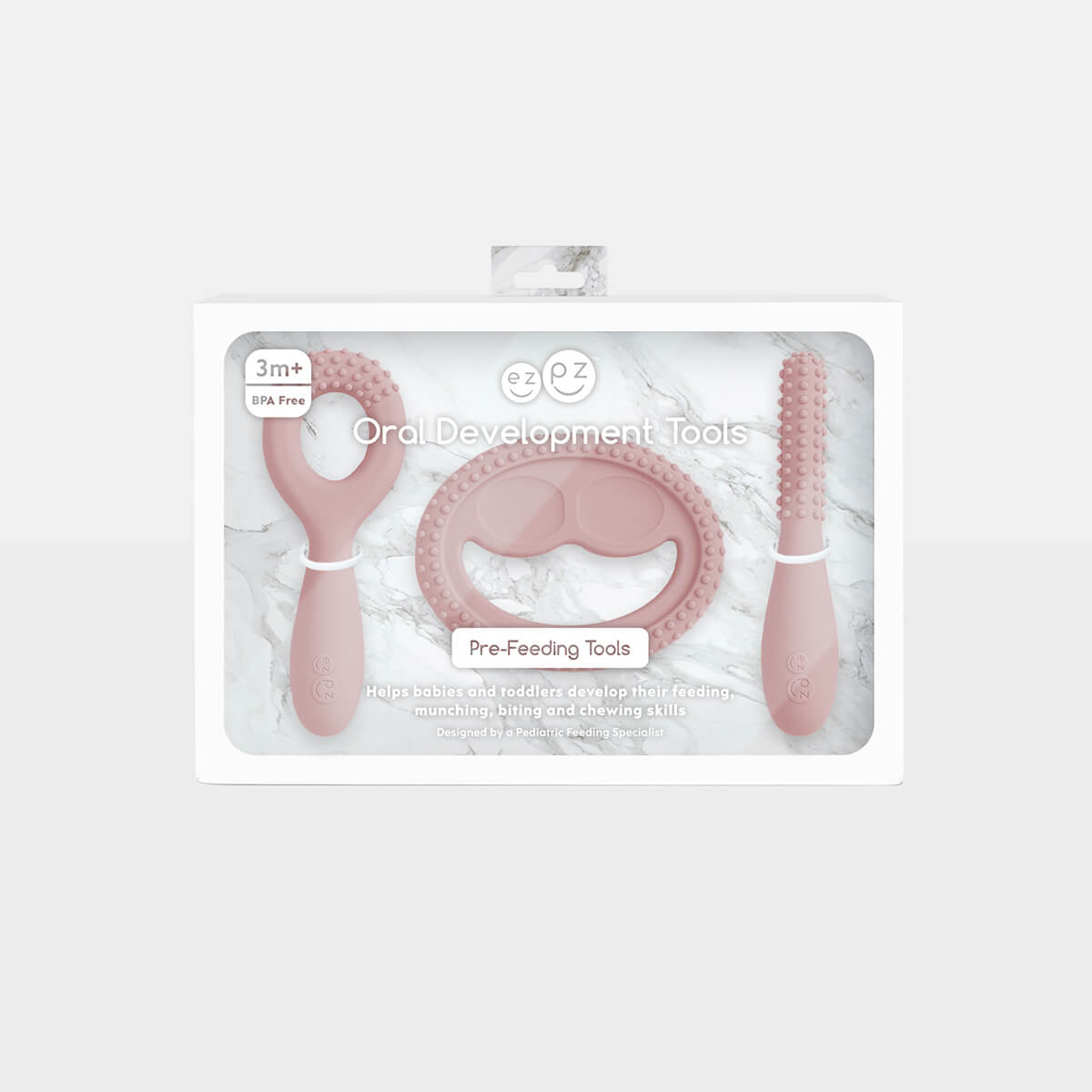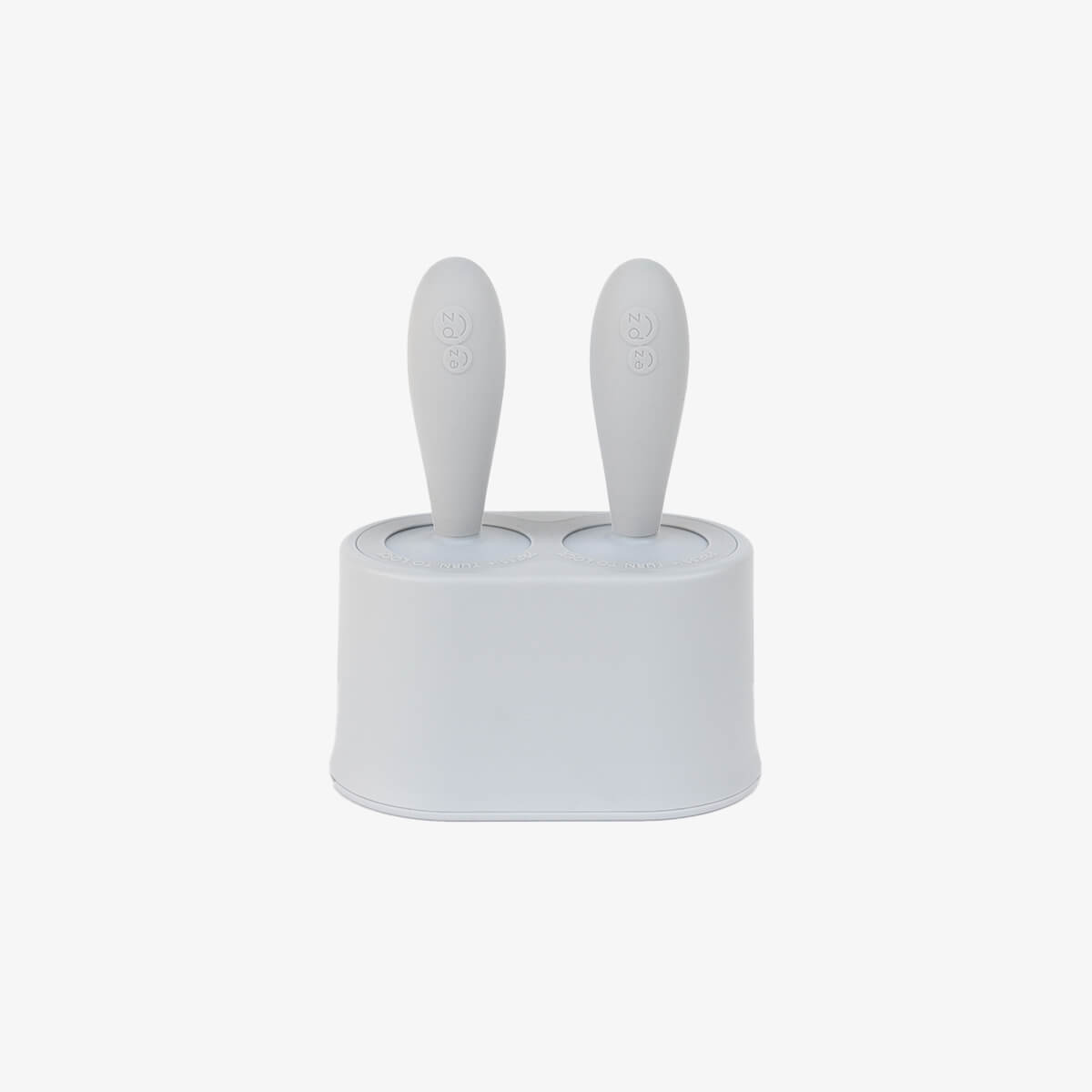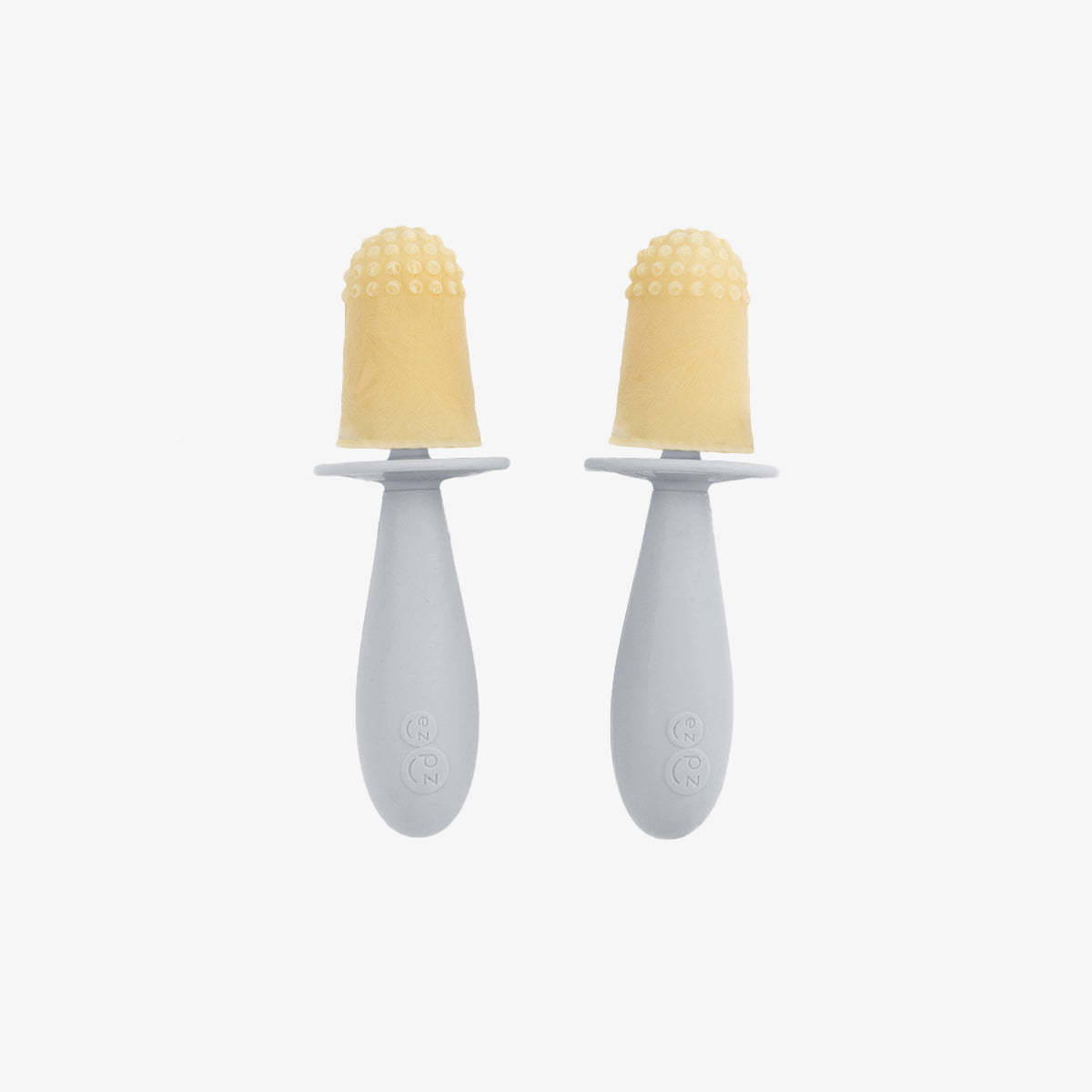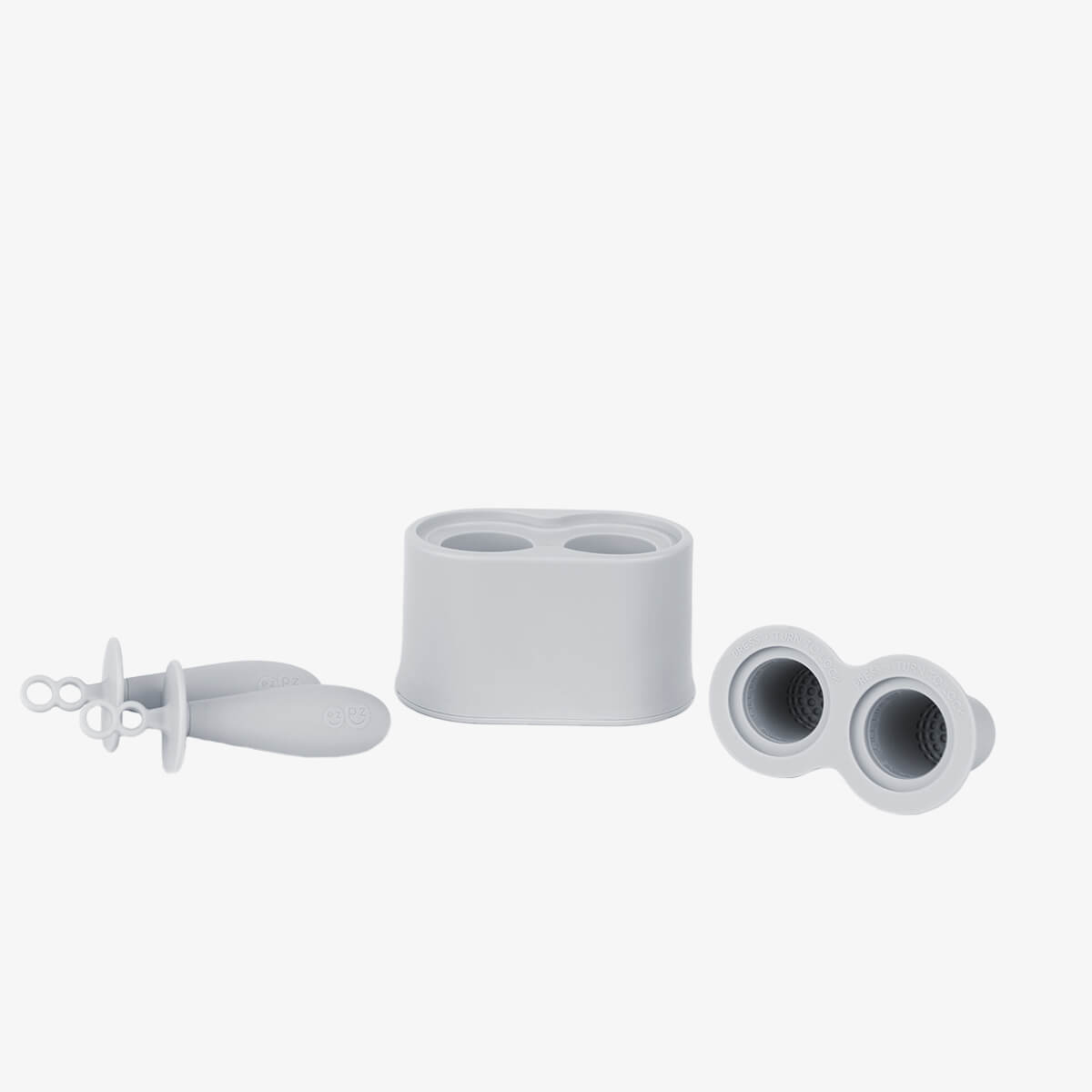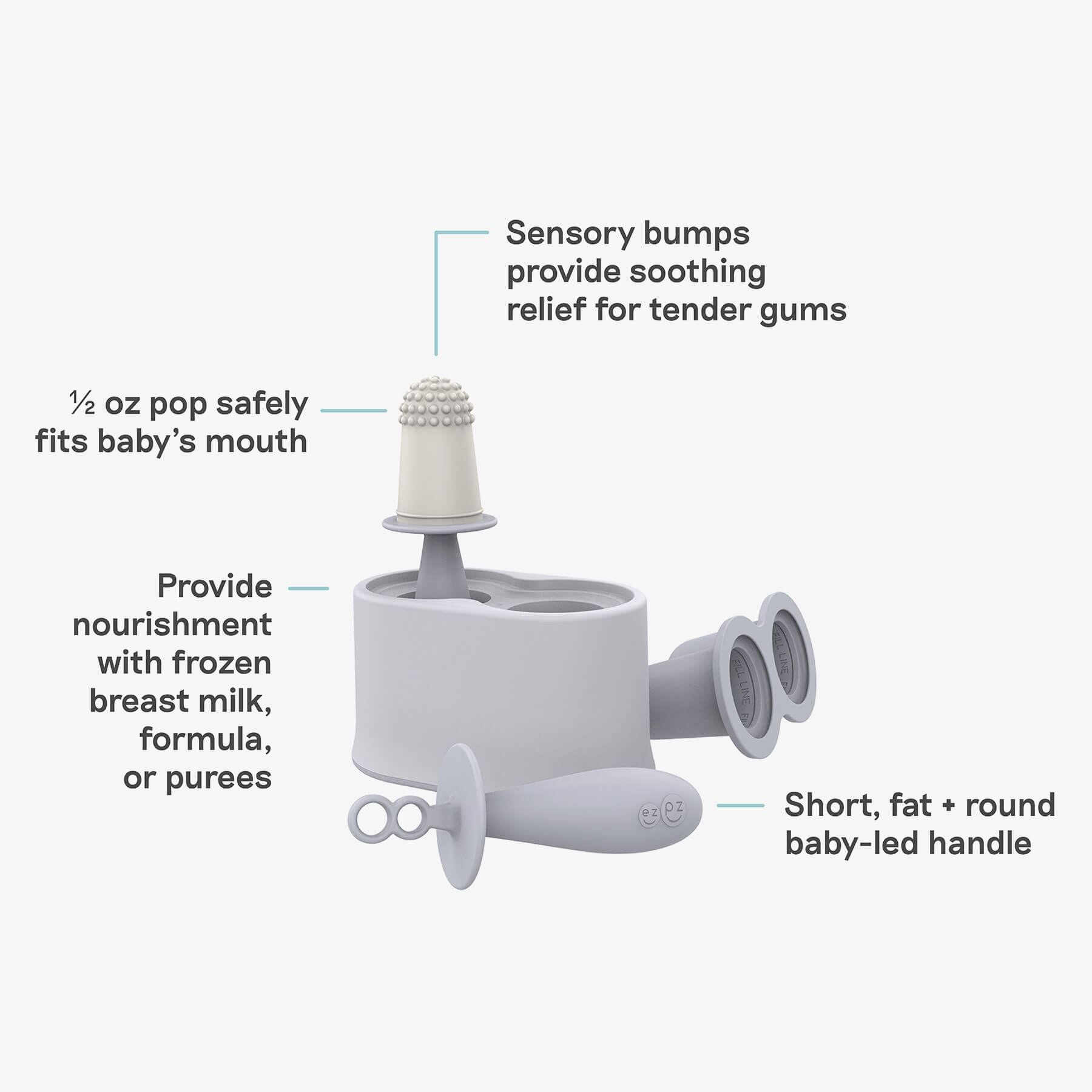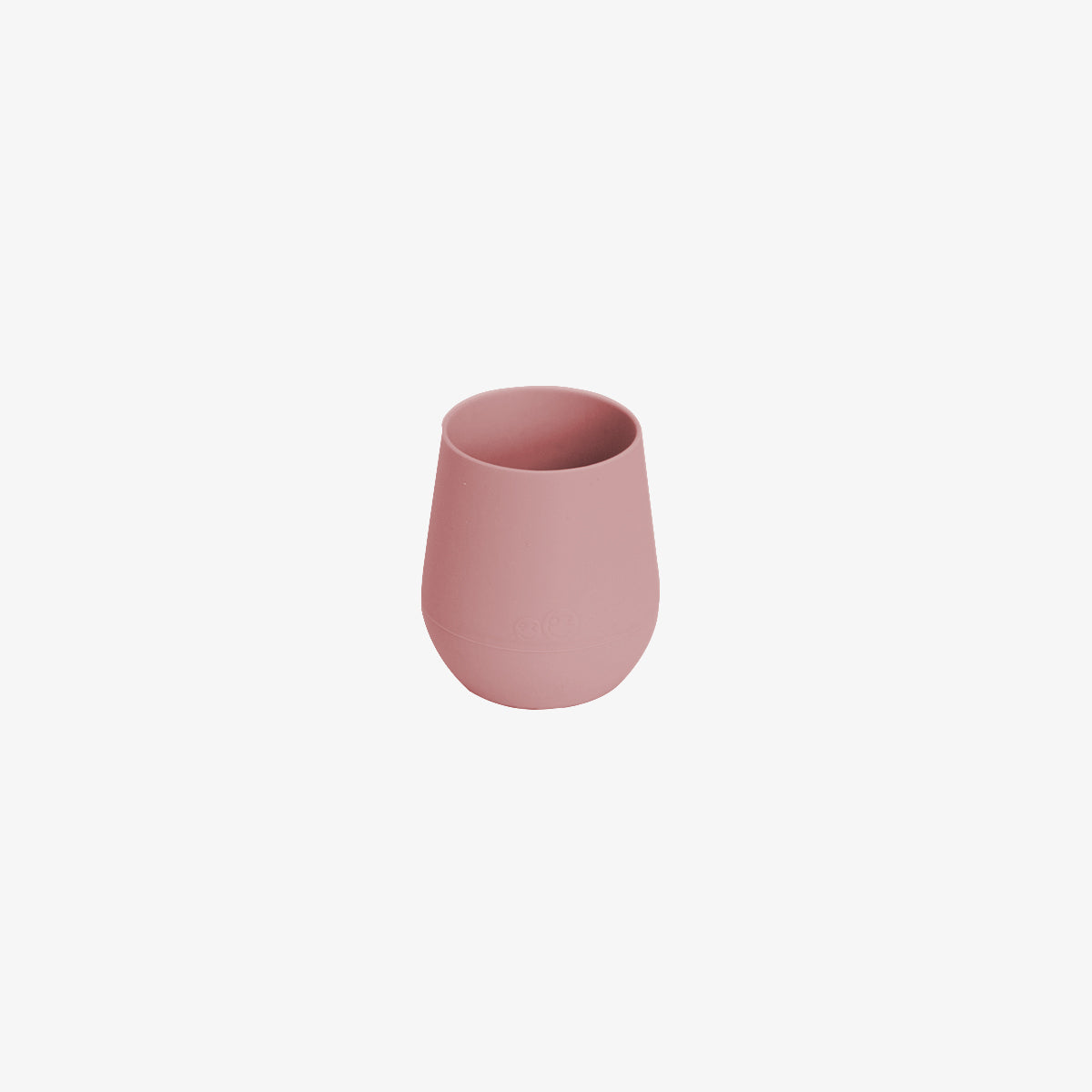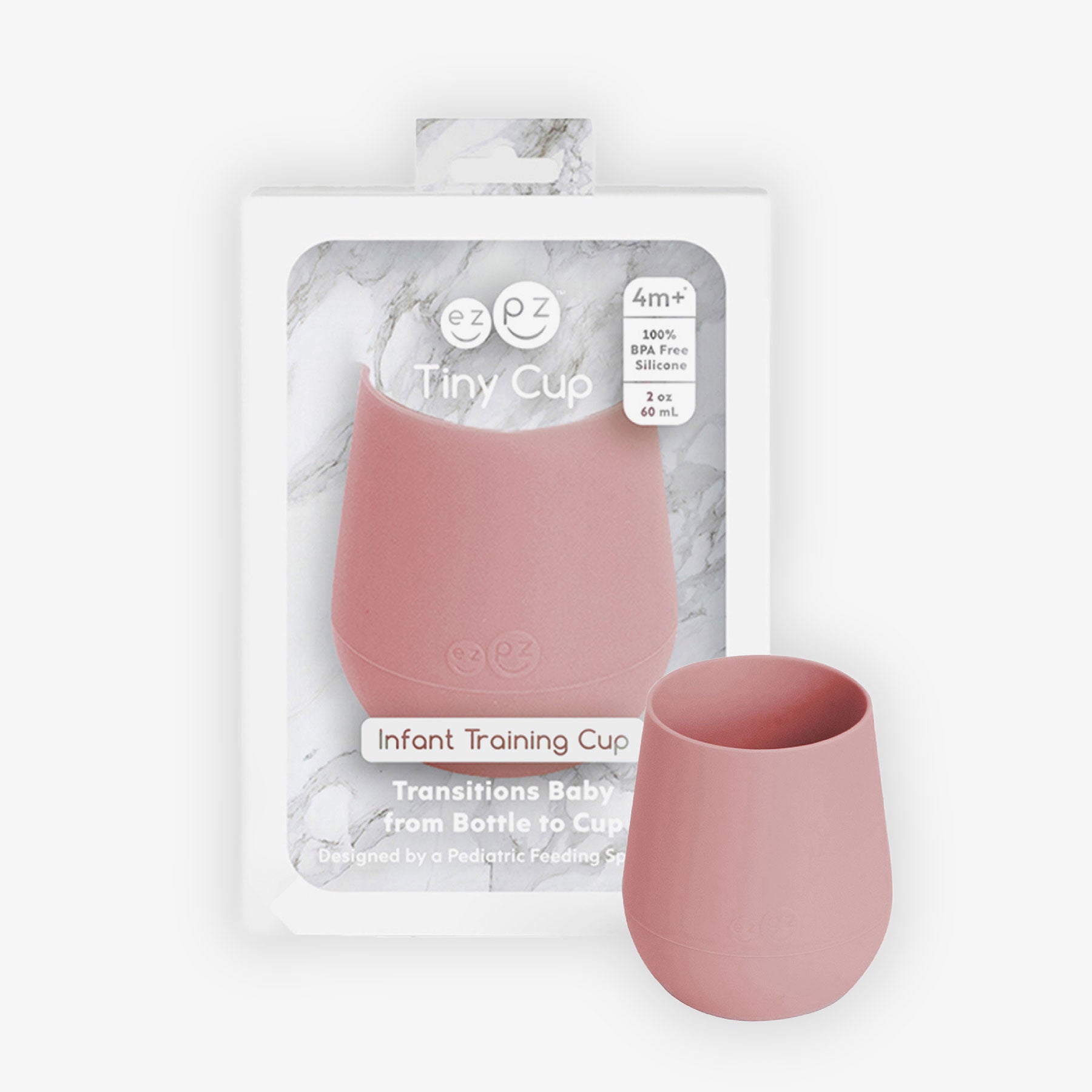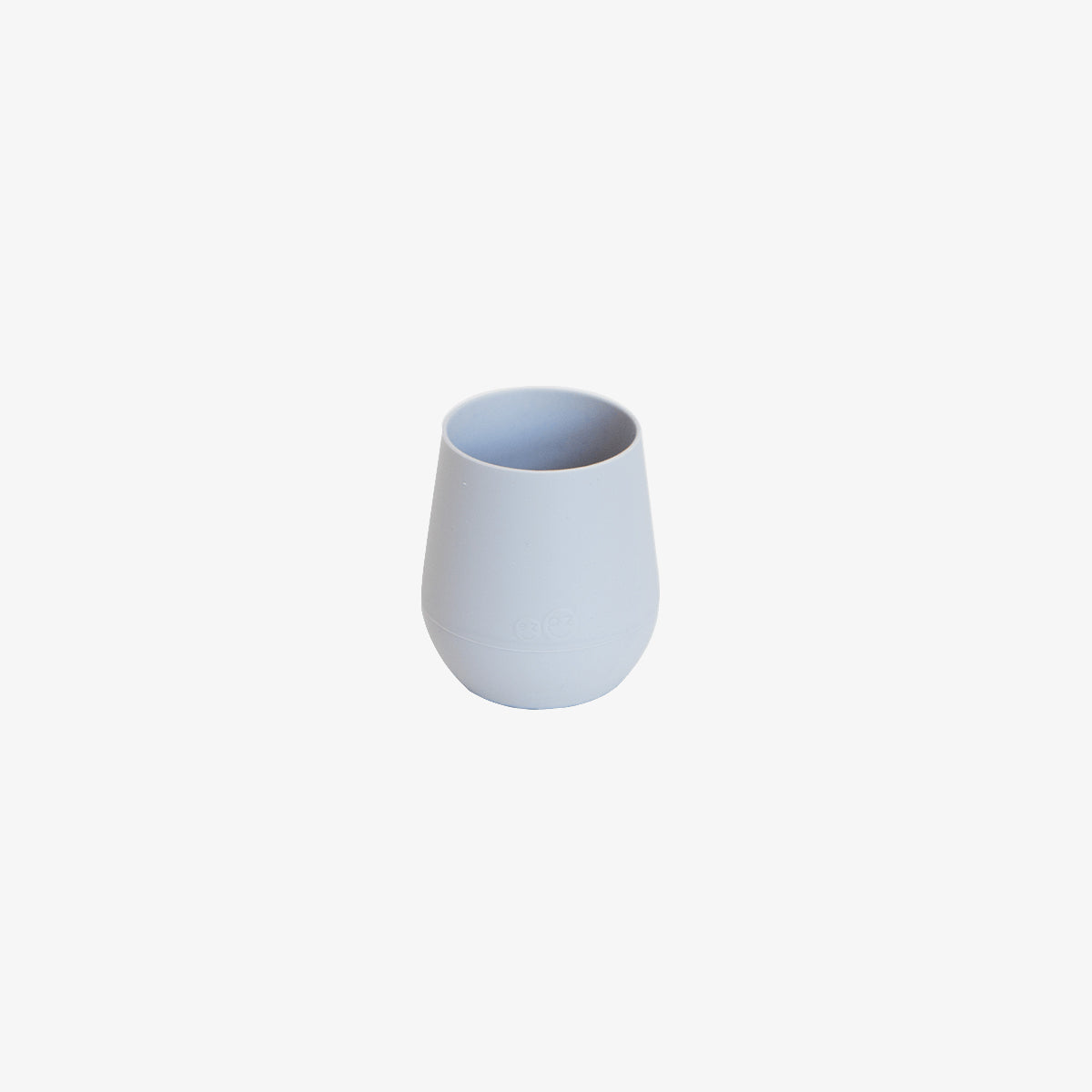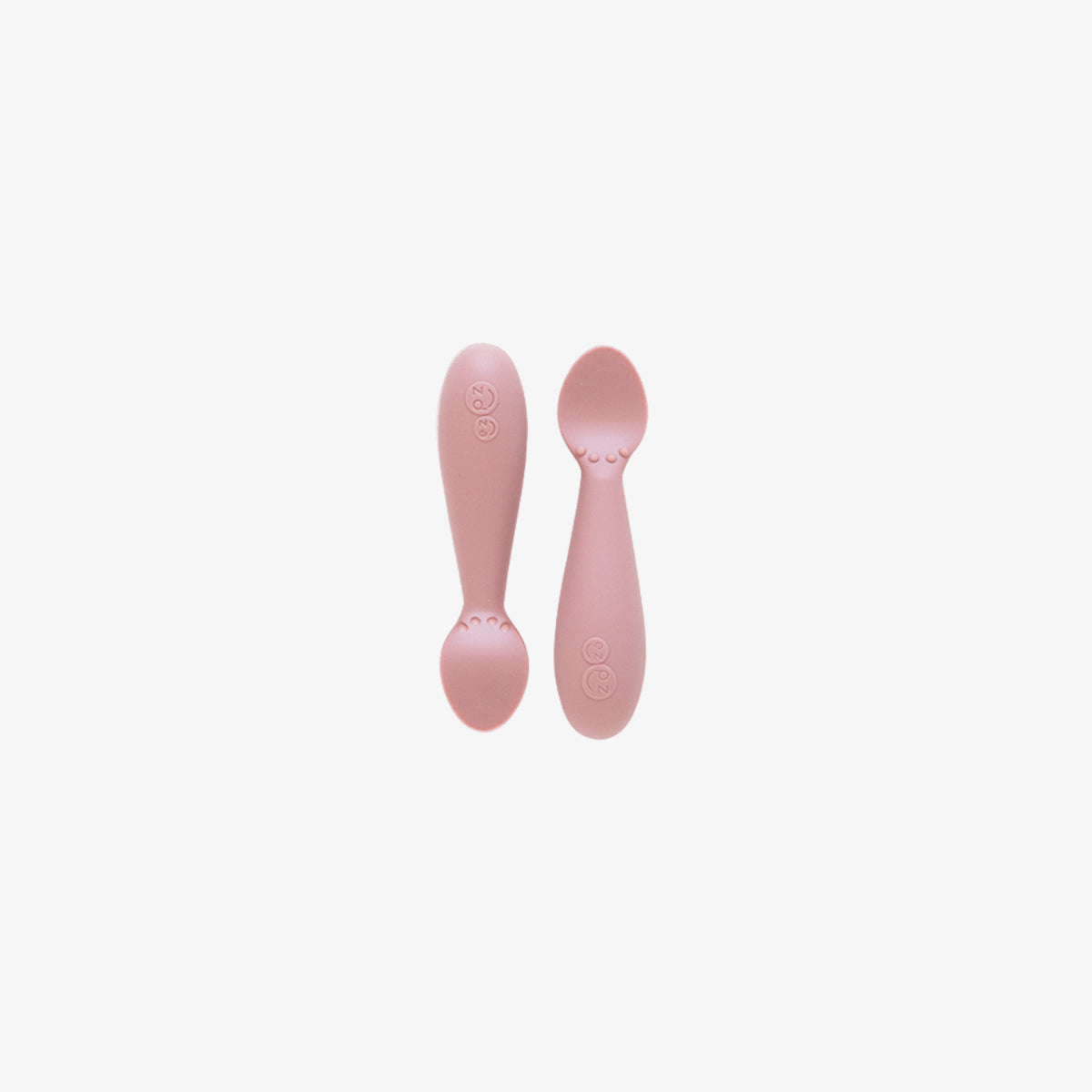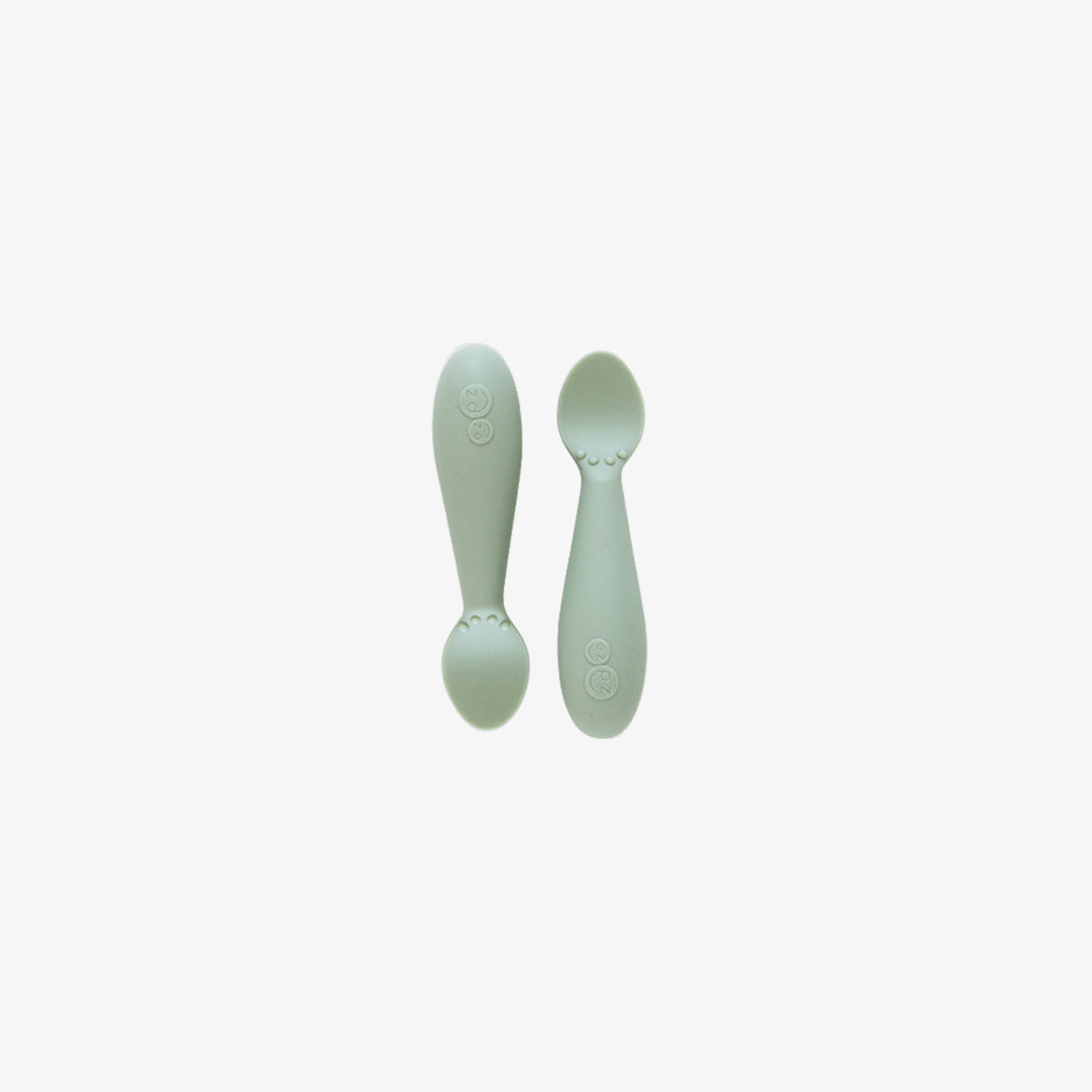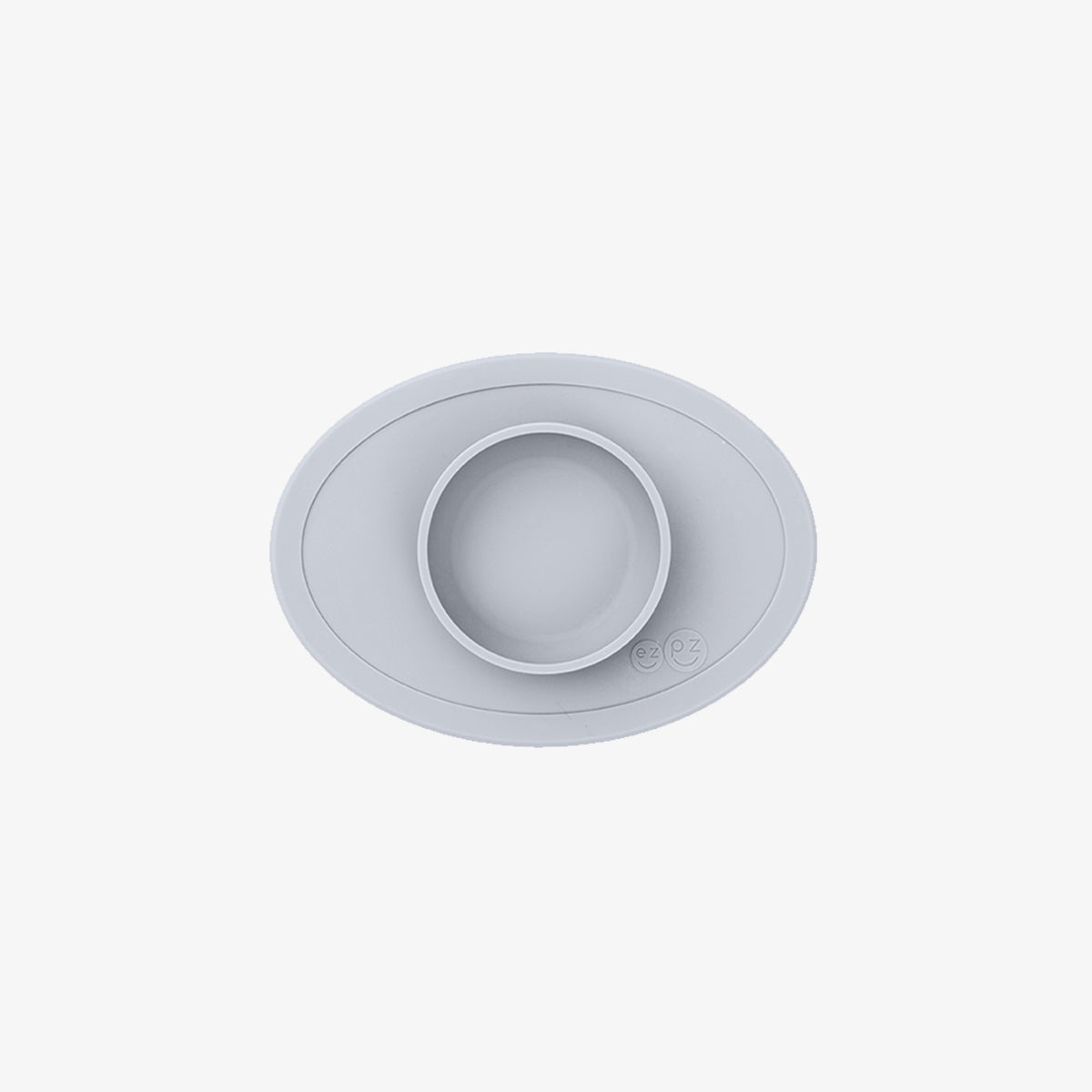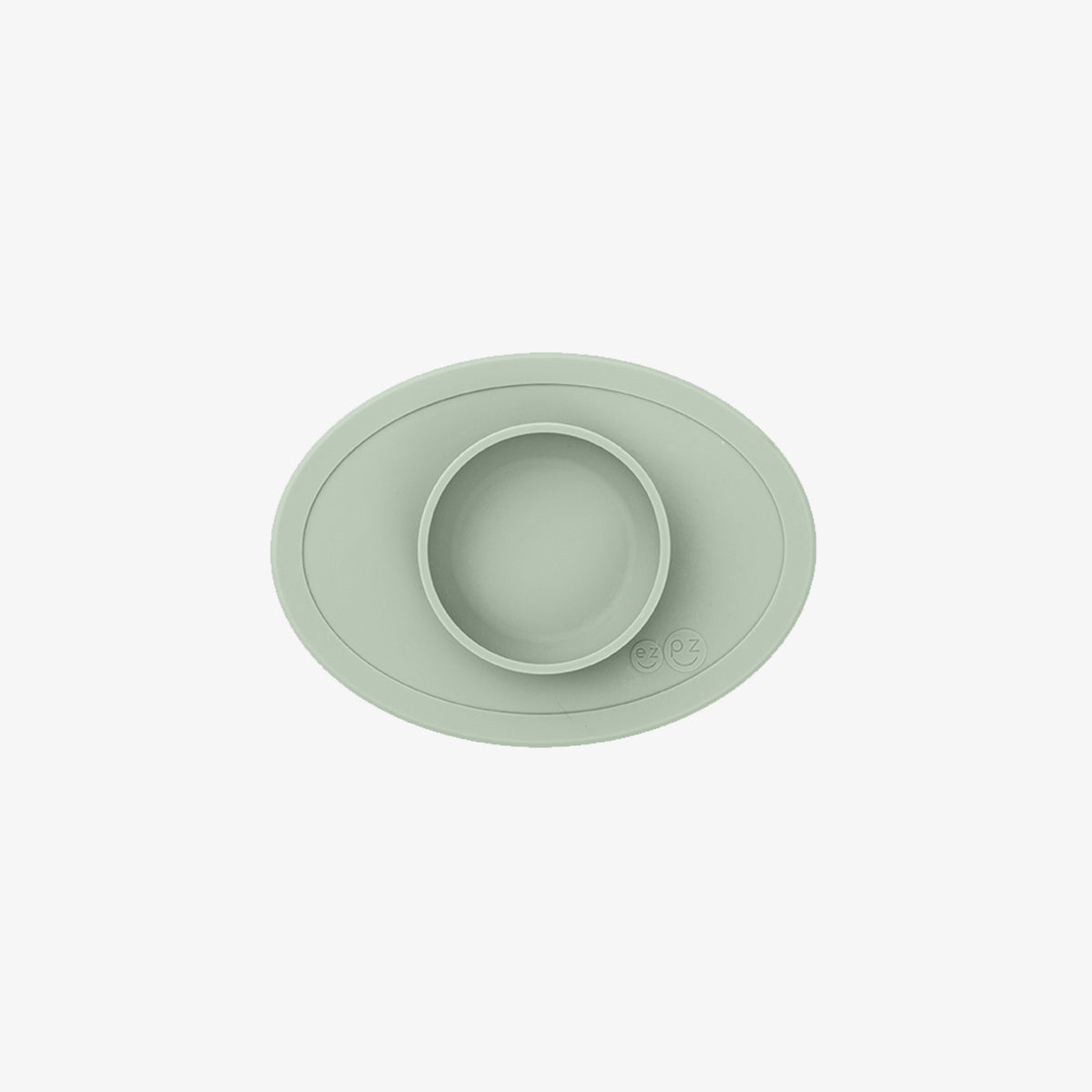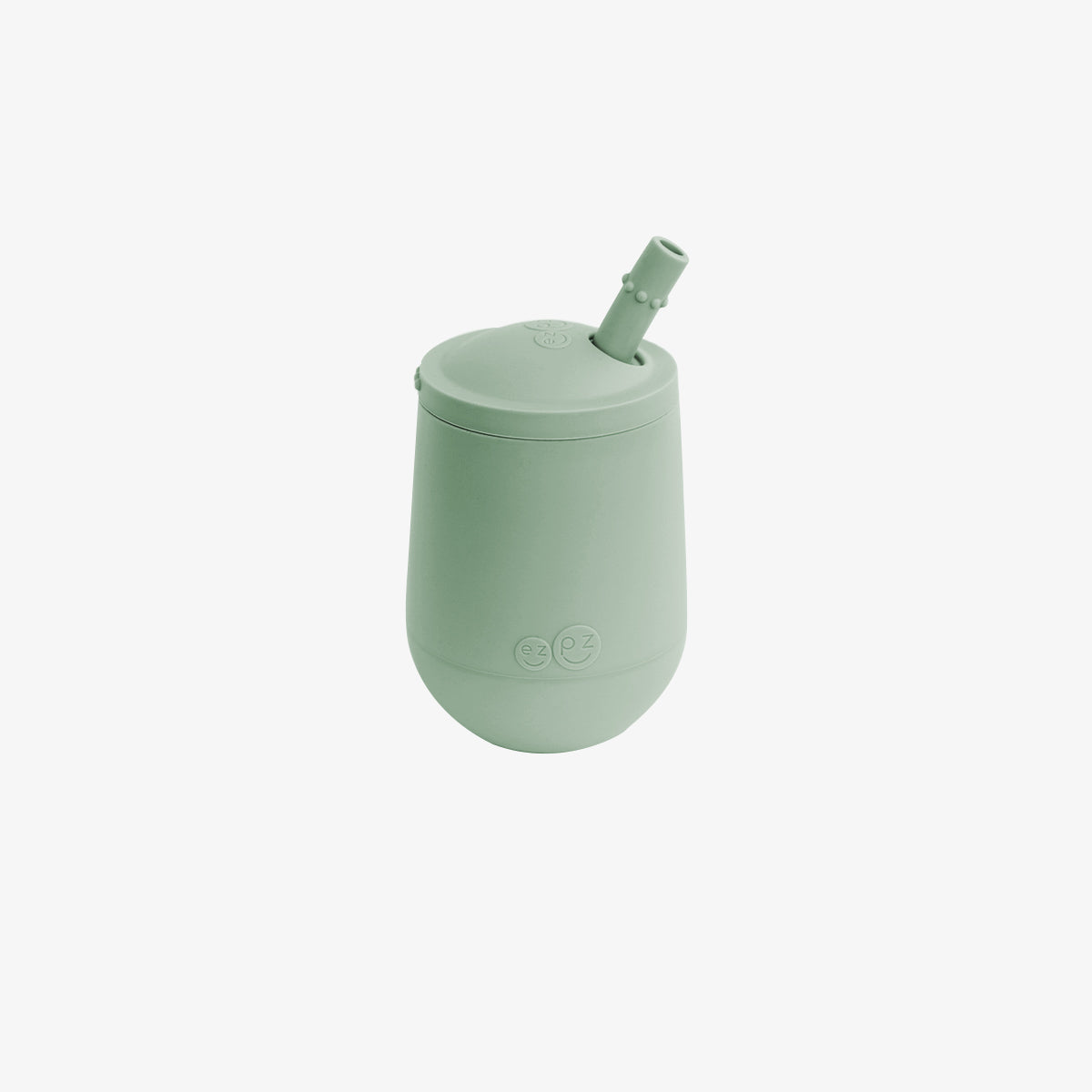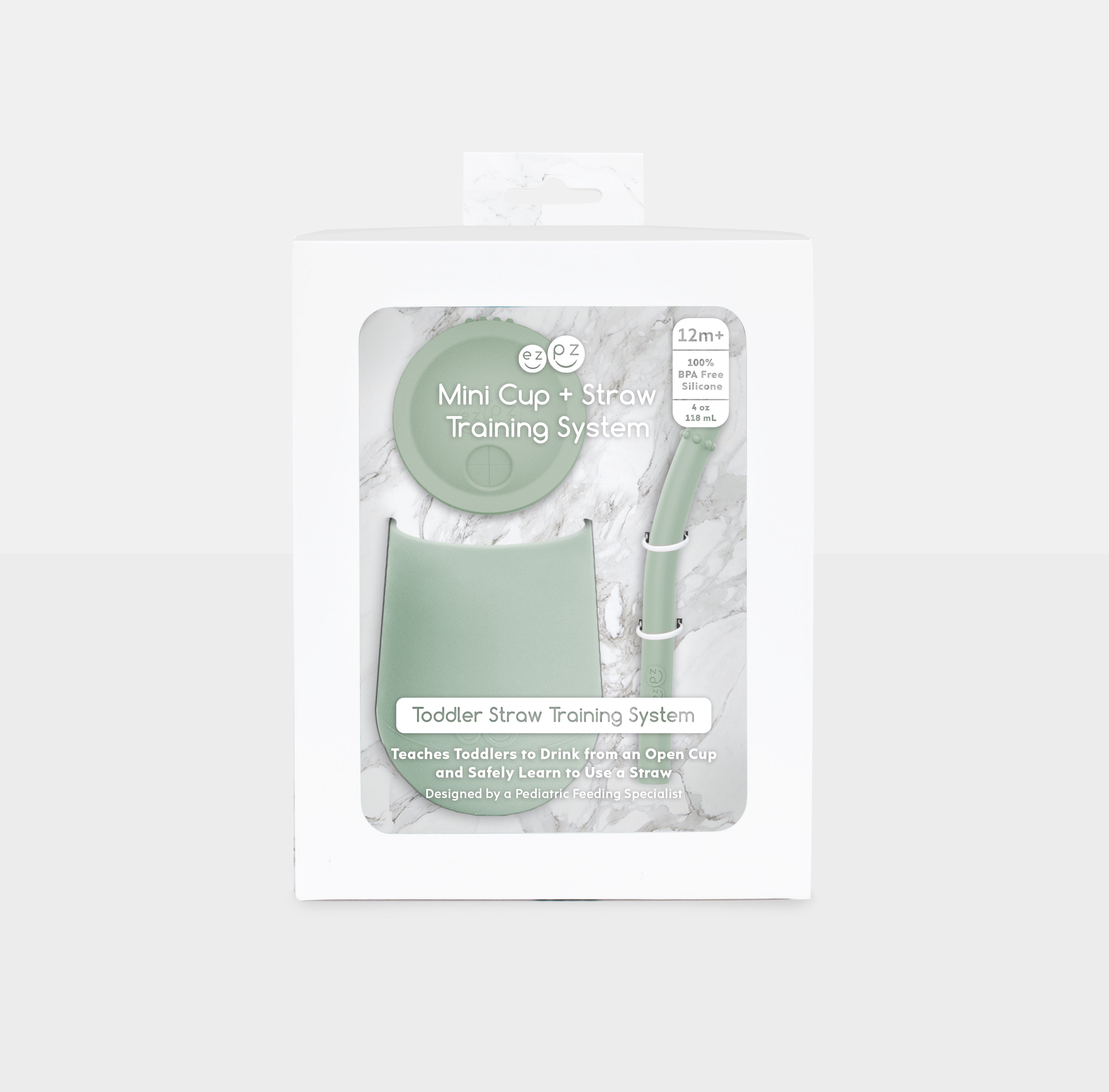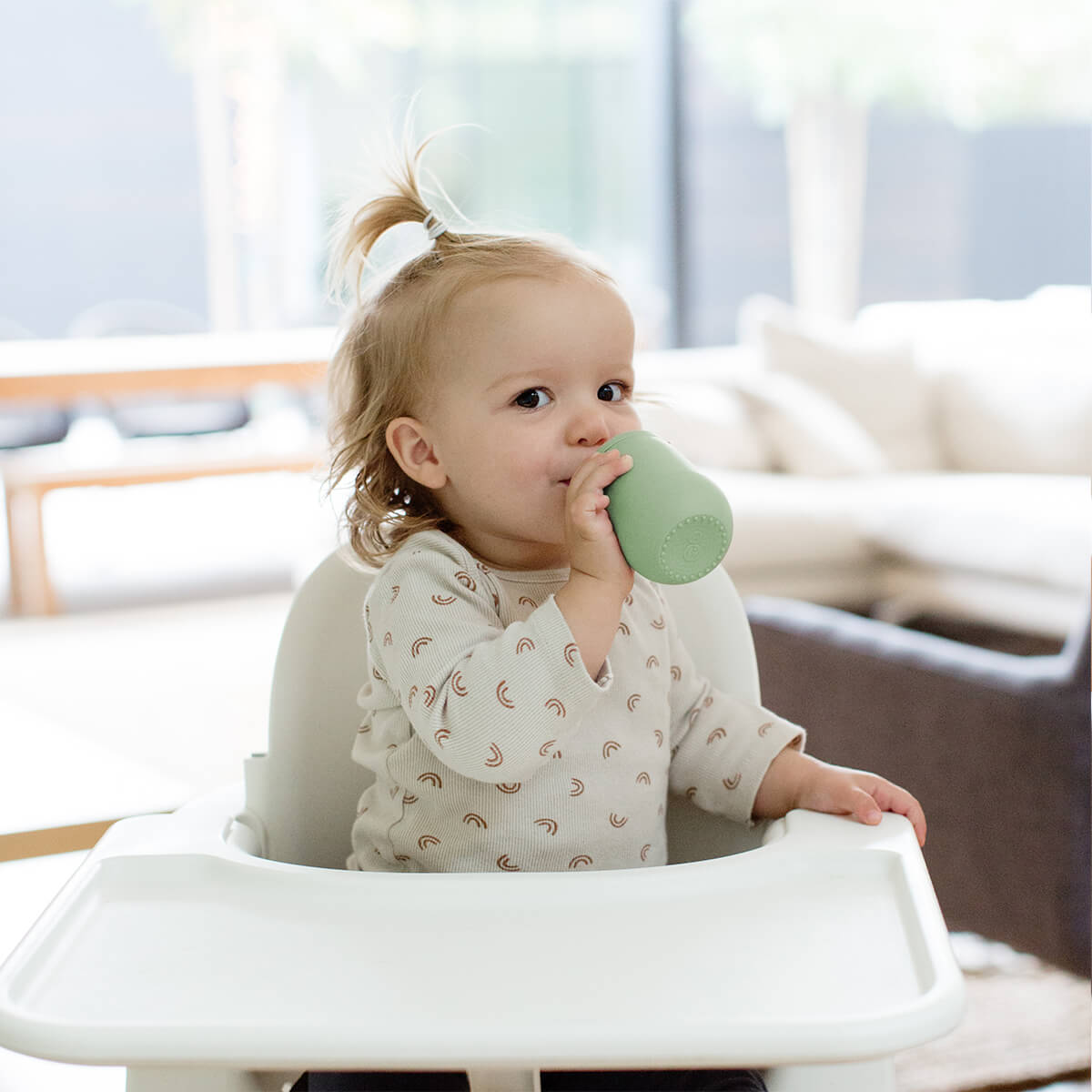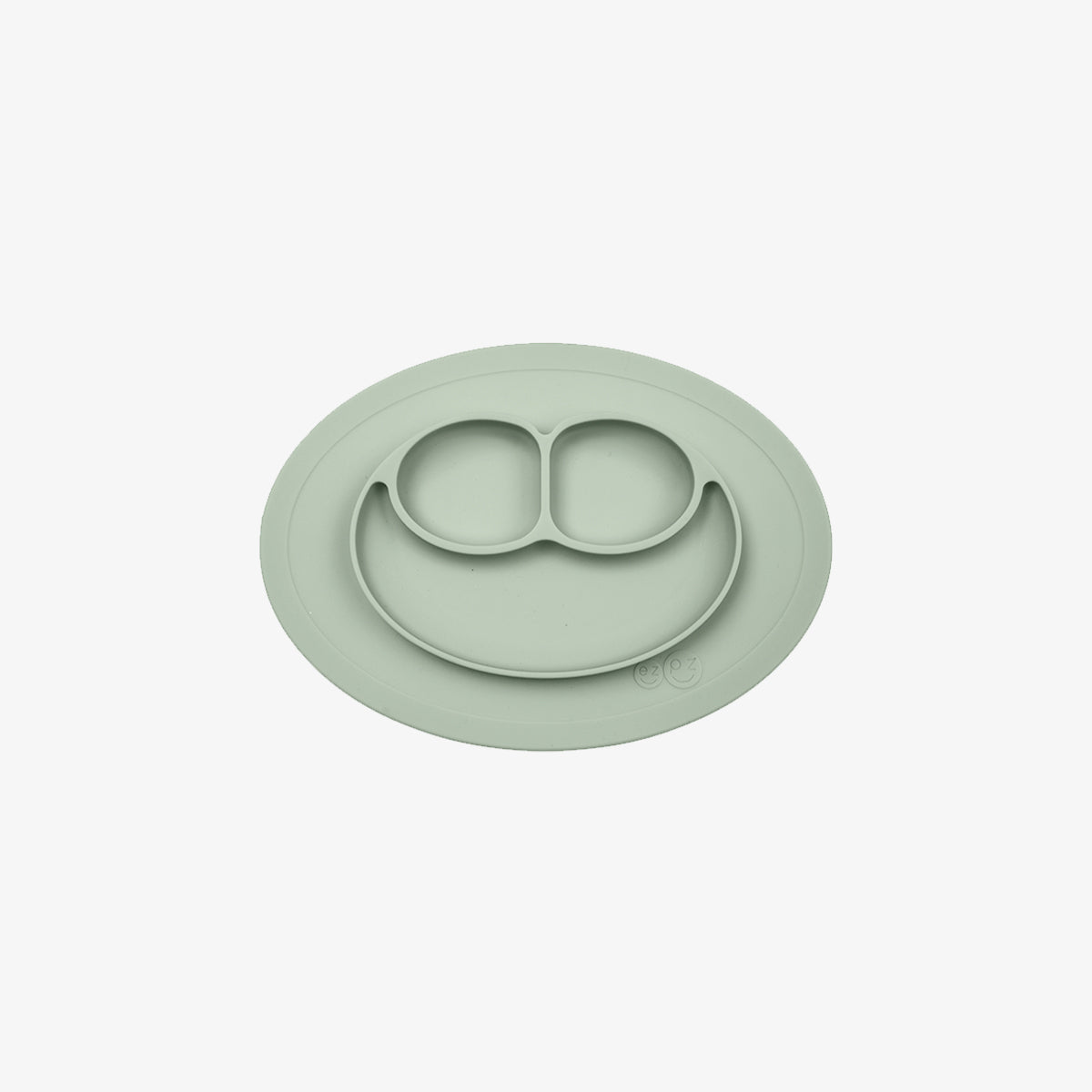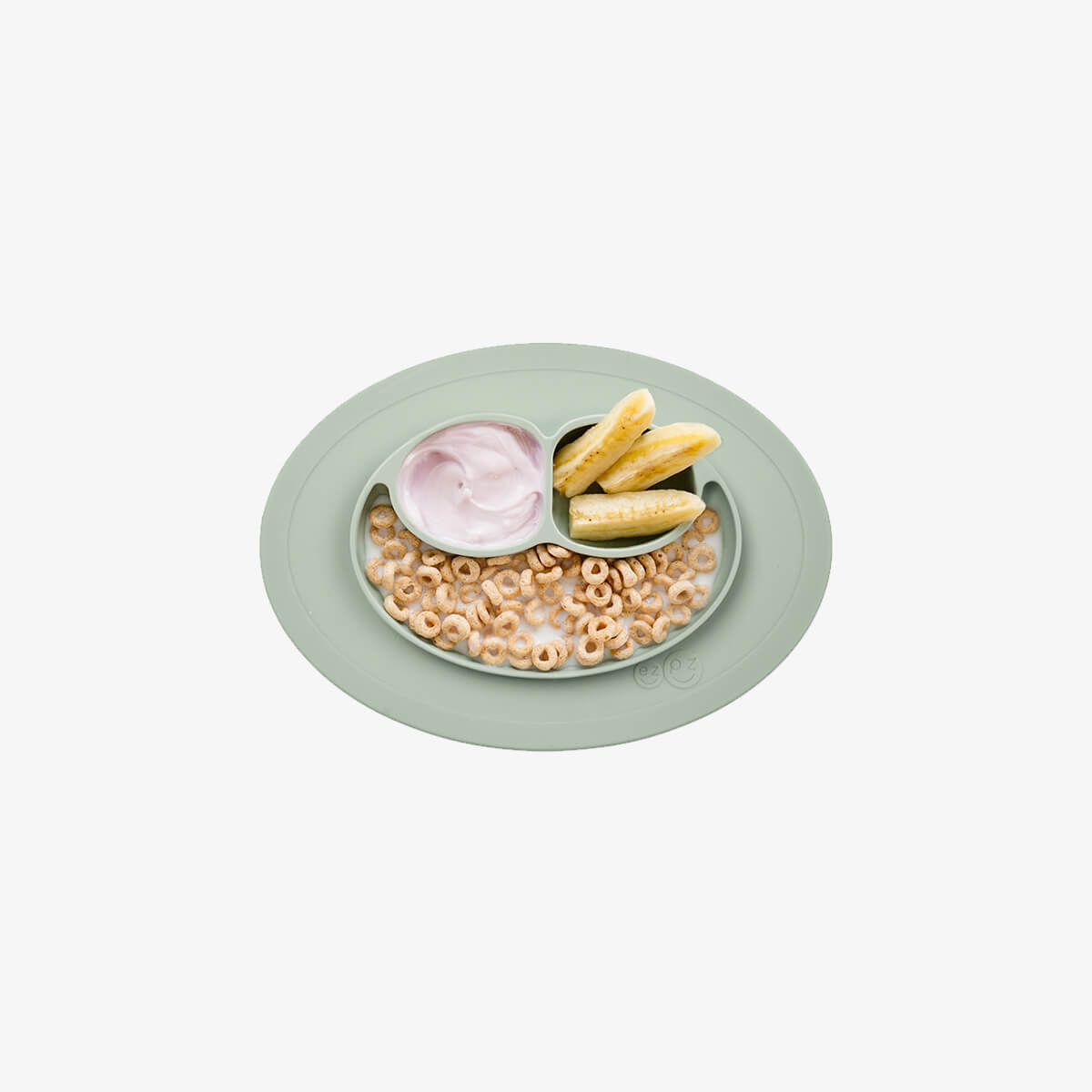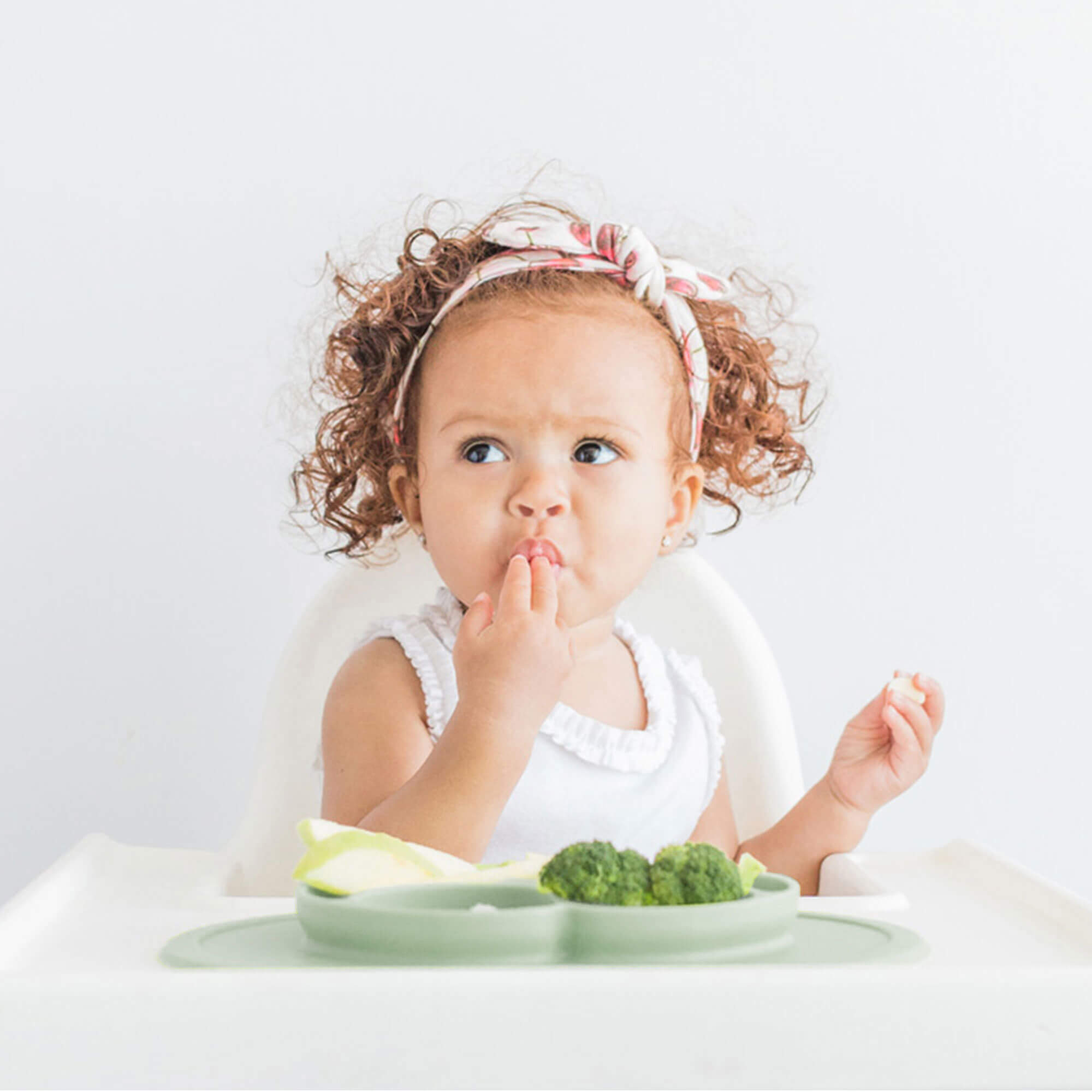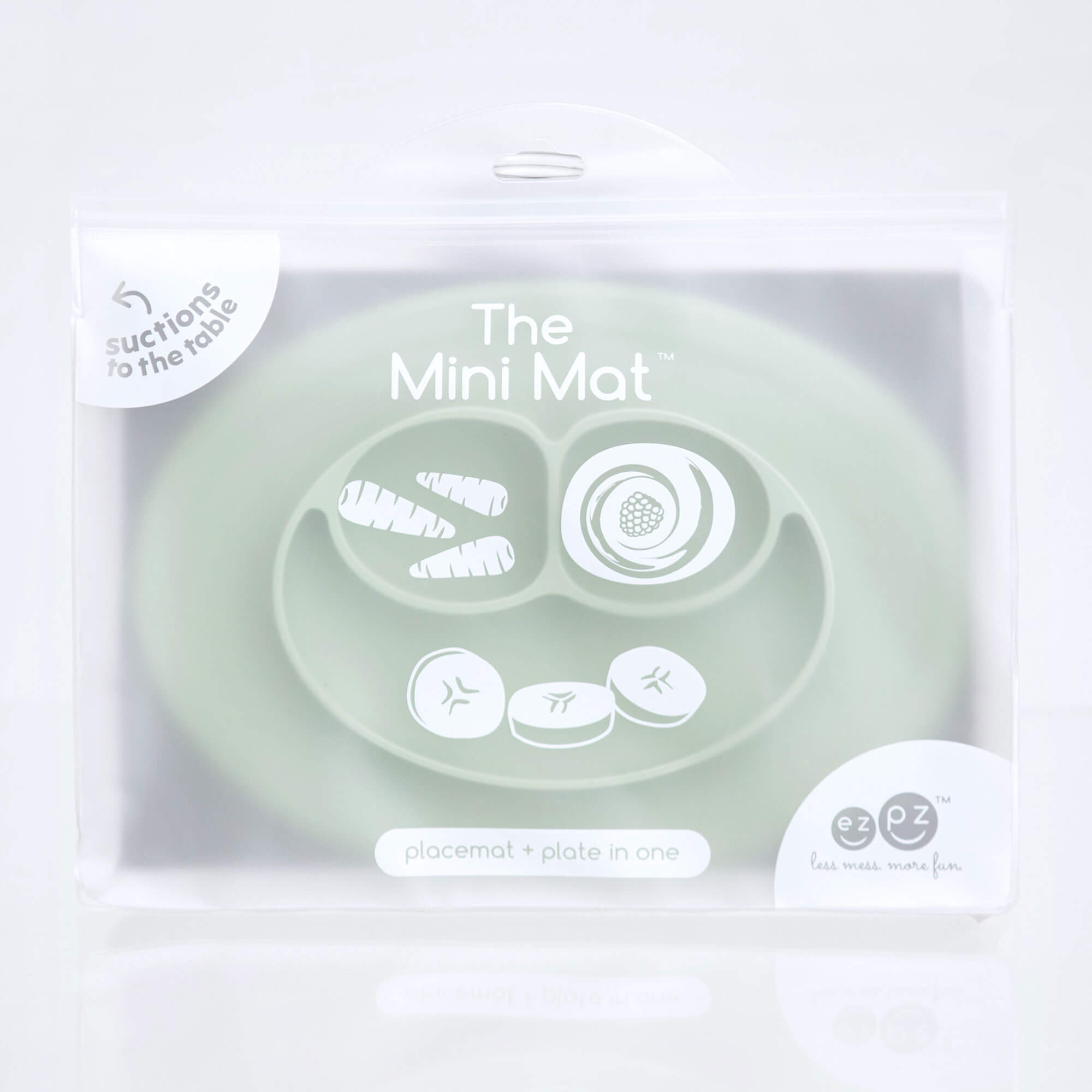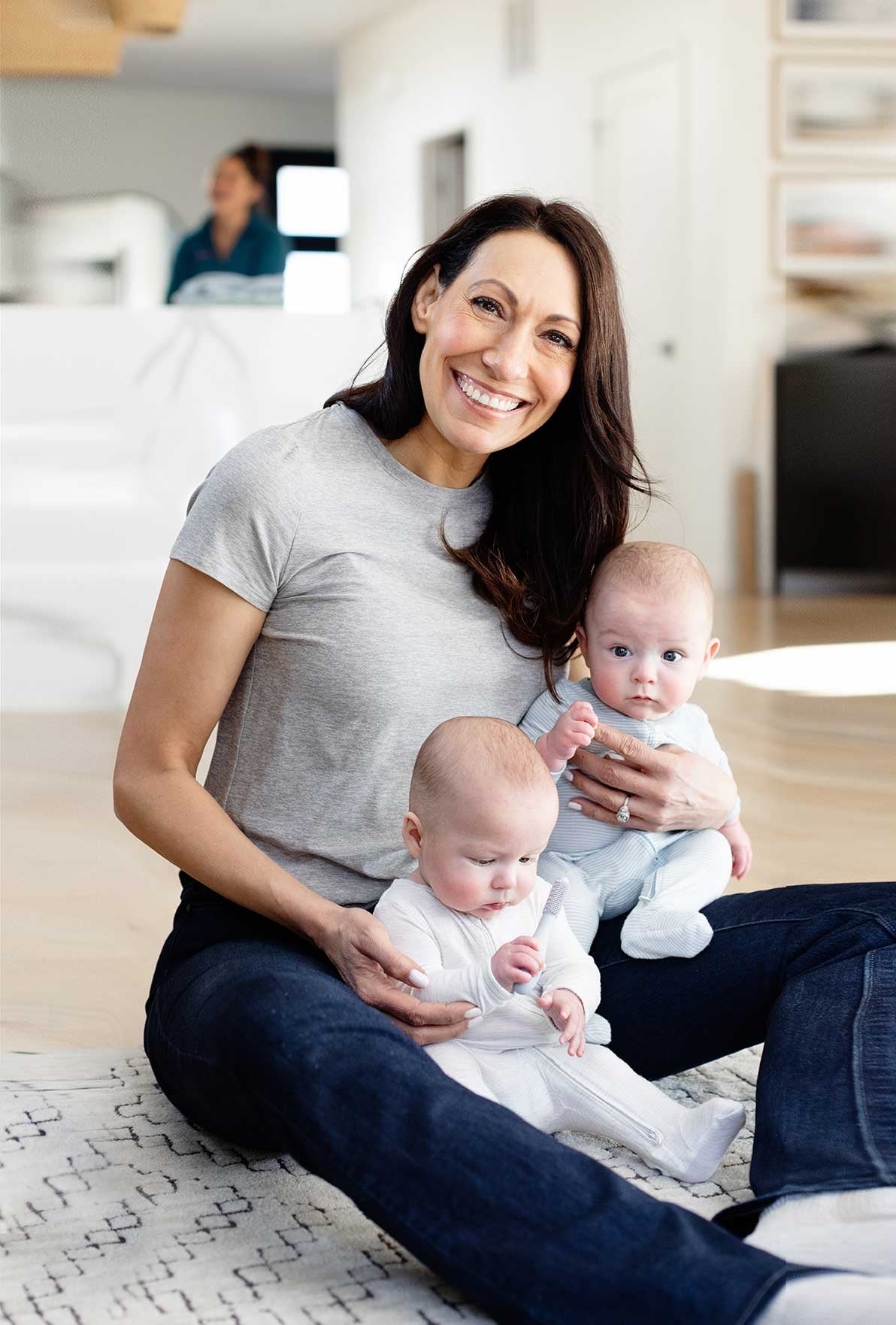Introducing solids is a pleasurable time for baby, but it can be nerve-wracking for first-time parents. To make the transition to solids easier on the entire family, here are six must-have products for baby-led weaning (BLW).
Pre-Feeding Skills: Did you know that you can work on pre-feeding skills that will help your little one master baby-led weaning? These early skills demonstrate a baby’s readiness to eat and drink safely.
- Choose a mouthing tool that is baby led. This means your baby can easily hold the handle independently. Look for a short, round handle instead of a long, narrow handle to decrease gagging episodes.
- Pick a mouthing tool that is properly sized for an infant's tiny mouth. Some mouthing tools on the market are too big, causing gagging, spitting up or vomiting.
- Select a mouthing tool that your baby can chew on and be used as a dipper to pre-load foods. Dip the tool into food and hand it to your baby to put in their own mouth.
- Take a peek at the Oral Development Tools designed to prepare infants for baby-led weaning. Designed for babies 3+ months.
Hand-to-Mouth Skills: Did you know that offering a breast milk (or formula) popsicle that your baby can independently hold may help prepare them for starting solids safely? Baby-led popsicles teach hand-to-mouth skills that are critical for a BLW approach to feeding.
- Skip toddler-sized popsicle molds (too wide and too long for a baby’s mouth) that may increase choking risk.
- Select a popsicle with added features to provide sensory input to the lips, tongue and gum line.
- Pick a popsicle mold that is made of food grade safe silicone. Silicone is safe to use with cold, warm and hot foods + liquids.
- The adorable Tiny Pops are the perfect size for infants developing oral cavity! And they have sensory bumps on the tip of the popsicle for additional tactile input for their mouth. Designed for babies 4+ months.
Cup Skills: Did you know that, developmentally, a baby should learn to drink from an open cup (held by an adult) by 6 months of age? This is an important swallowing milestone that can help make baby-led weaning safer and more enjoyable for your baby.
- Skip the sippy + choose an open cup (cup without a lid) to promote baby’s oral development.
- Select an open cup with an interior angle to reduce aspiration risk (liquids going into the lungs).
- Pick an open cup that is microwave safe to quickly warm up foods + liquids. This is key to avoid mealtime meltdowns!
- The award winning Tiny Cup, designed especially for baby-led weaning, is a great choice for a first cup! Designed for babies 4+ months.
Finger Feeding Skills: Did you know that if you present foods on a plate or a bowl (instead of a baby food jar, food pouch or placing food on a slippery highchair tray) it can decrease mealtime frustration and food refusals? Foster successful finger feeding by making foods easy for baby to pick up independently.
- Select a plate or bowl that suctions to the surface, keeping baby’s head positioning at midline, which decreases choking risk.
- Choose a plate or bowl that will fit on a variety of highchair trays (for when you travel to grandma’s house + restaurants).
- Pick a plate or bowl that promotes fine motor development for both baby-led spoon feeding + finger feeding.
- Check out the Tiny Bowl and Mini Mat for encouraging independent mealtime. Designed for babies 4+ months.
Spoon Skills: Did you know that, developmentally, a 6-month-old infant should be able to independently bring their hands to their mouth while holding an object or spoon? This spoon milestone introduces baby to a safe utensil and prepares them for fork introduction (at 12 months) and training knife introduction (at 24 months).
- Choose a baby-led spoon (short, round handle) instead of an adult-led spoon (long, narrow handle) to decrease gagging + choking risk.
- Select a spoon that is properly sized for a baby’s tiny mouth. Most baby spoons on the market are too big, causing choking + food refusal.
- Pick a spoon that you can pre-load for your baby. Dip the spoon into food then hand the spoon to your baby to put in their own mouth.
- Check out ezpz’s Tiny Spoon designed specifically for BLW. Designed for babies 4+ months.
Straw Skills: Did you know that most babies are ready to start straw drinking around nine months of age? (Some babies may show signs of readiness a bit sooner). Straw drinking is an important milestone for your little one to master.
- Start with open cup drinking to lay a foundation for successful straw drinking.
- Choose a short training straw to help your baby learn how to hold their breath and suck safely.
- Choose a straw cup without handles so baby can hold the cup easily at midline and drink independently.
- Have you seen the Mini Cup + Straw Training System, which includes a straw with a training side (curved with sensory bumps) and advanced side (straight, without sensory bumps) to teach safe straw drinking? Designed for babies 9+ months.
I hope these six products will help you start solids successfully and safely. For more information on starting first foods, check out more of our blogs at ezpzfun.com.
